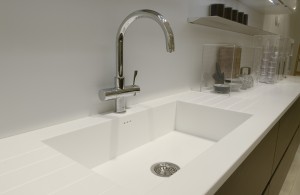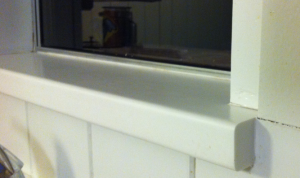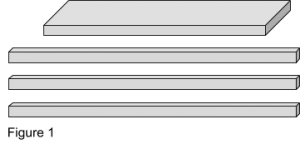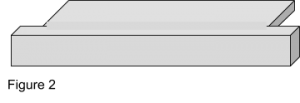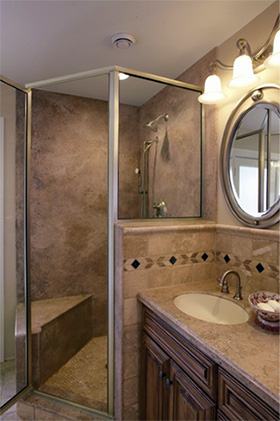 Mystera was the first solid surface product, developed in mid-1990’s, to successfully emulate the look of natural quarried stone with the use of multi-colored, multi-directional, swirls and veining, in addition to traditional inclusion of large and small particulates. This set in motion a new look for the solid surface industry, with many brands following their lead.
Mystera was the first solid surface product, developed in mid-1990’s, to successfully emulate the look of natural quarried stone with the use of multi-colored, multi-directional, swirls and veining, in addition to traditional inclusion of large and small particulates. This set in motion a new look for the solid surface industry, with many brands following their lead.
Today, Mystera is back and better than ever!
With the re-introduction of Mystera you’ll benefit from higher performance standards and new contemporary styles, at very competitive prices.


